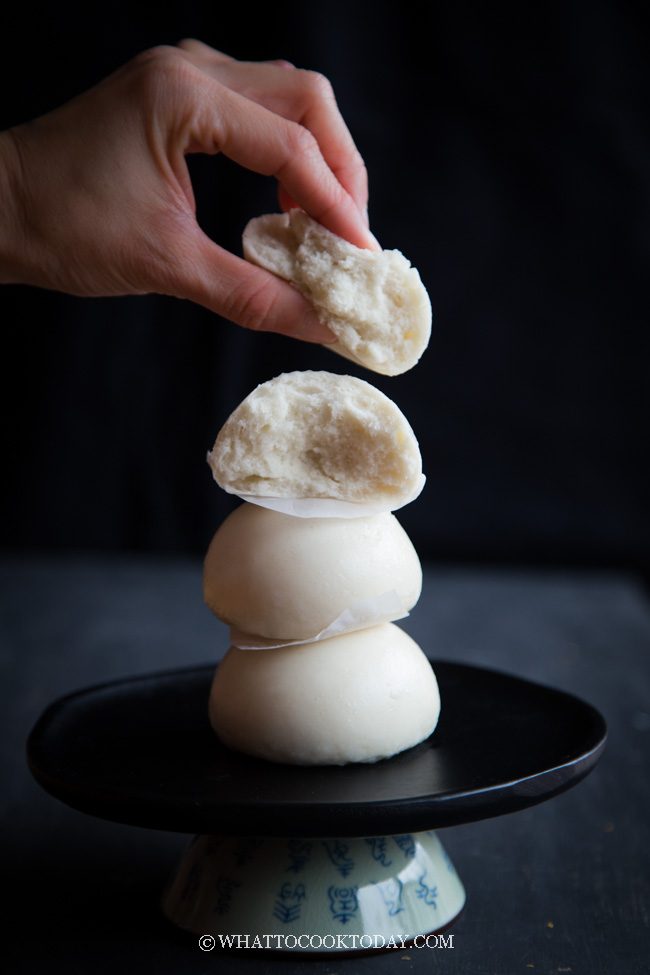
As you read through the post below, you will find the reasons why. Making basic steamed buns is not complicated if you get the right tips and of course like they say practice makes perfect. Let’s get started guys!
WHAT MAKES SOFT AND FLUFFY STEAMED BUNS?
Basic plain steamed buns recipe only need 5 ingredients: flour (more in details on the type of flour), instant yeast, cooking oil, sugar, and salt. Simple as that.
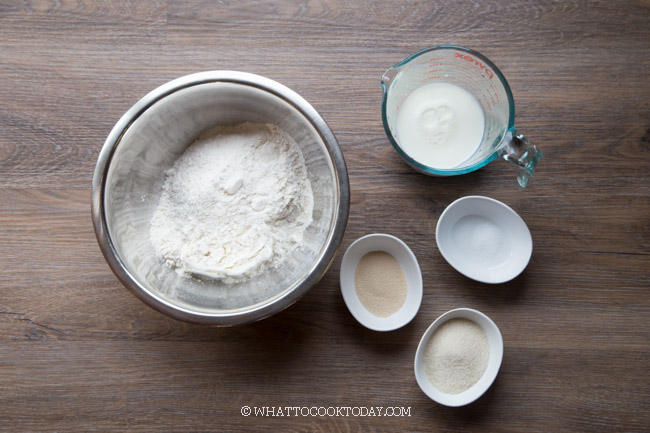
Here are what I’ve tried and the family really like:
1. All-purpose flour + wheat starch
2. Cake flour
3. Premixed Hongkong/Vietnamese bao flour
If you don’t have any of the above, try this combination: all-purpose flour + cornstarch
2. Oil
Like in many cases, the oil helps to make the dough soft and not dried out (sort of like a moisturizer)
3. Yeast
You can use active dry yeast, instant yeast (which is what I use), and fresh yeast. The yeast helps to leaven the bao. I used to add baking powder to the recipe too, but I found that the texture of the buns is too spongy and I prefer the soft fluffy cake-like texture, besides, you have yeast, you don’t need the baking powder, it’s kinda an overkill IMHO. I recommend using instant yeast instead of active dry yeast or fresh yeast because it saves time and the proof faster too. BUT, I understand that some people still prefer to use active dry yeast, which will work for this recipe too (refer to recipe card’s note). Some people said instant yeast gives a stronger yeasty flavor compared to active dry yeast. It’s really a matter of preference I suppose. I don’t feel like the steamed buns taste yeasty. You be the judge and follow your preference.
If you use fresh yeast, the general rule of thumb is to use 4 times the amount of instant yeast. So in this case, 4 grams of instant yeast would be 16 grams of fresh yeast.
4. Kneading
I remember back in my grandma days when stand mixer or bread maker wasn’t available yet, the big bulk of the task of making soft fluffy and smooth steamed buns lie on the kneading the dough. Lots of kneading! If you have a stand mixer to knead the dough for you, then that’s really good!
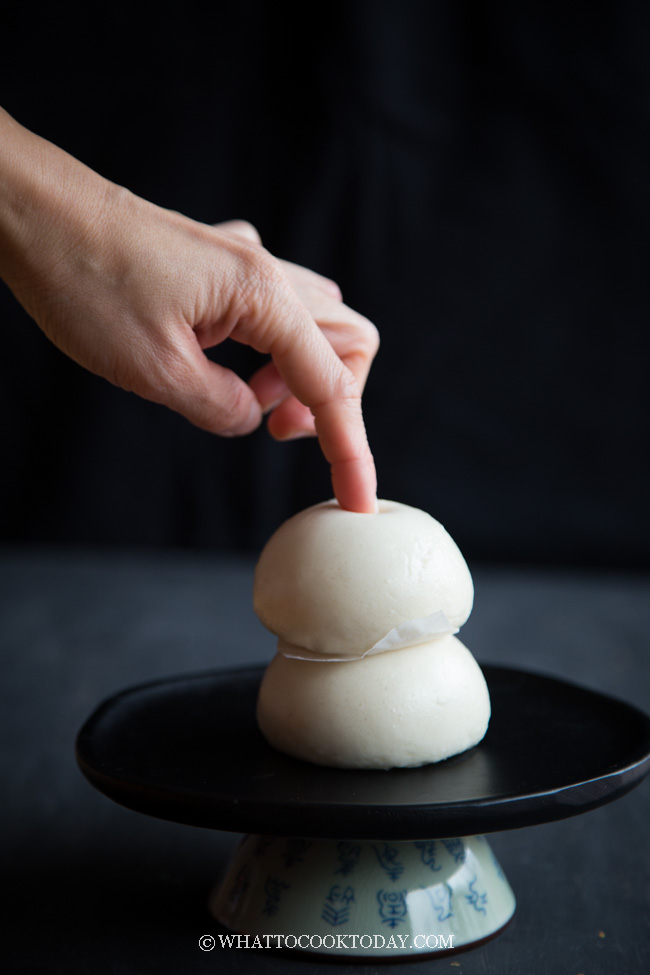
In general, any type of instant yeast will work. There are so many kinds out there and the naming can be quite confusing. I’m not going to elaborate on yeast here, but just to share with you what you need to know within the context of this post.
FOR THIS RECIPE (low sugar content): I like this SAF Instant Yeast (Red Label). This instant yeast can be used for all kinds of doughs, from bread, steamed buns, to refrigerated or frozen dough. It works very well. It’s suitable for dough that is not sweet. This recipe only calls for 3 teaspoons of sugar per 300 grams of flour.
IF YOU PLAN TO INCREASE SUGAR AMOUNT: Yeast can thrive with a bit of sugar, but too much sugar can inhibit their activities. If you plan to use the amount of sugar of 10% or more of the flour weight (10% of 300 grams is 30 grams of sugar or more), use this SAF Instant Yeast (Gold Label). It works so much better for sweet dough. You may also need to decrease the liquid amount if you increase the sugar amount as sugar makes the dough “wet”.
You can definitely use whatever instant yeast or even regular active dry yeast if you like, just know that once you increase that sugar amount, the yeast will work much slower and will take much longer to proof the dough, not a big issue just a tad longer.
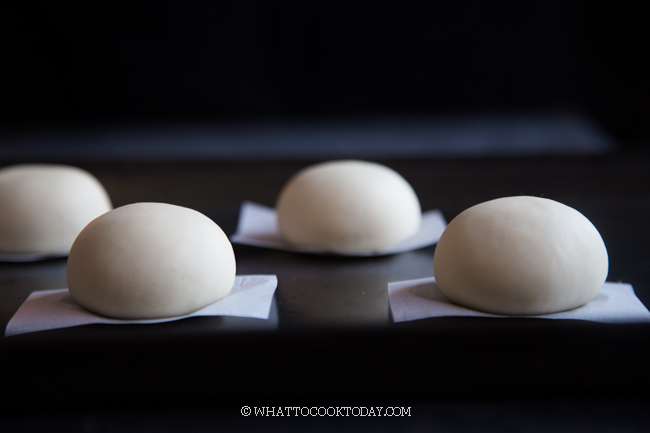
Soft Fluffy Chinese Steamed Buns Recipe (Baozi/Mantou)
SOFT FLUFFY CHINESE STEAMED BUNS (MANTOU) STEP-BY-STEP MAKING GUIDE
1. MAKE THE DOUGH
Place the flour, instant yeast, sugar, salt in a mixing bowl. If you are using a stand mixer, use a dough hook attachment. Add cold milk or room temperature water. Add cooking oil. You may need to add more milk/water if the dough is still a bit dry. Add more teaspoon by teaspoon until the dough comes together and continue to knead for 5 minutes.
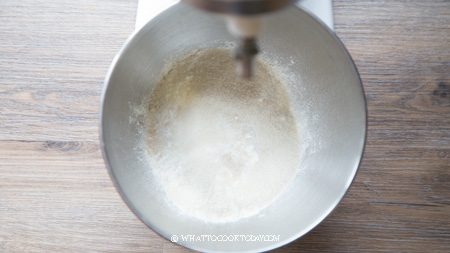

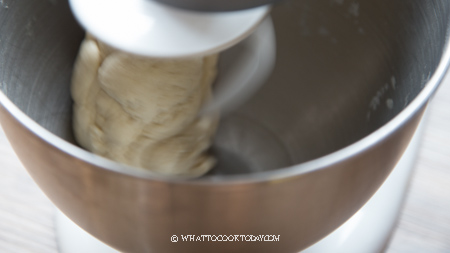
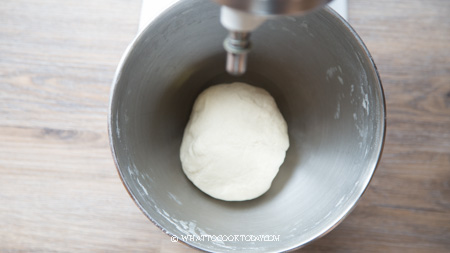
Wrap the dough with a plastic wrap and let it rest for 15 minutes before shaping

2. SHAPE AND SMOOTH THE DOUGH
Divide the dough into 10-12 equal portion (depends on how small or big you want the steamed buns to be)
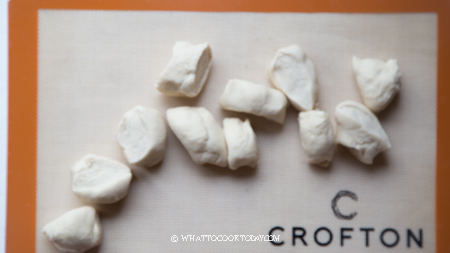
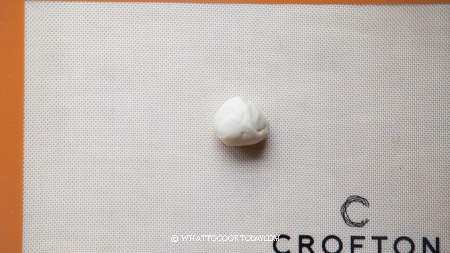
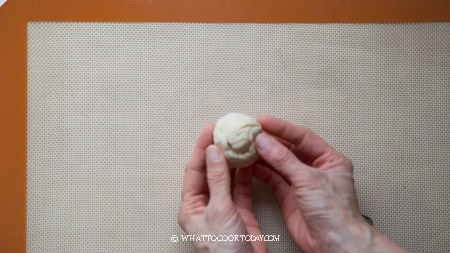
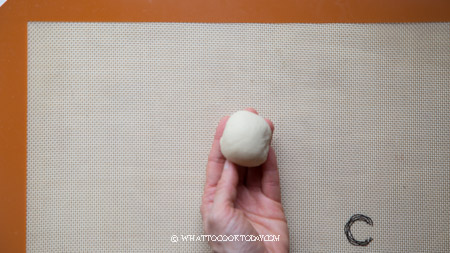
Roll the dough into a smooth round ball in between the palm of your hand or as I did in the video. REALLY make sure the dough is smooth.

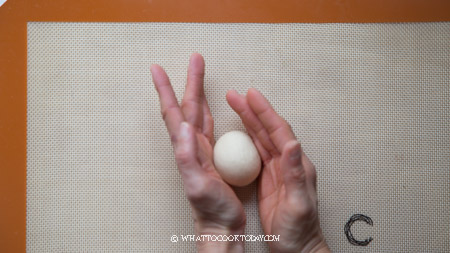
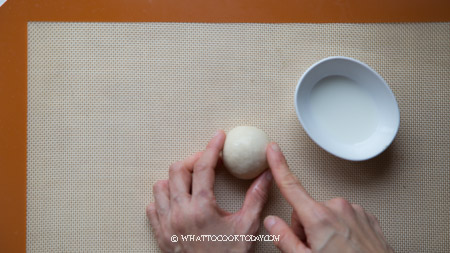
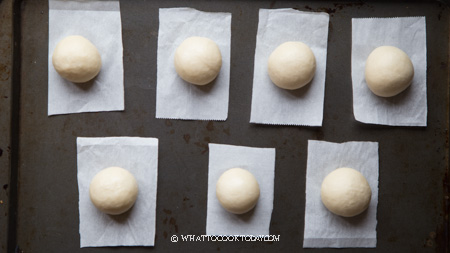
Let the dough rise at room temperature. If it’s winter where you are, you can use your oven “bread proof” function to let them proof in there, or simply turn on your oven to the lowest temperature and then turn off and after 15 minutes, place the shaped buns in there to let them proof until about 50% of the original size
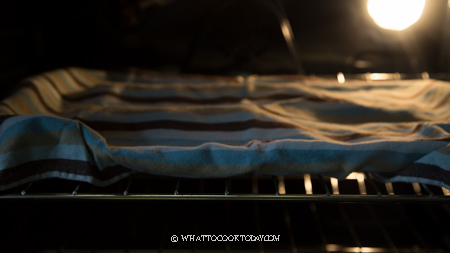
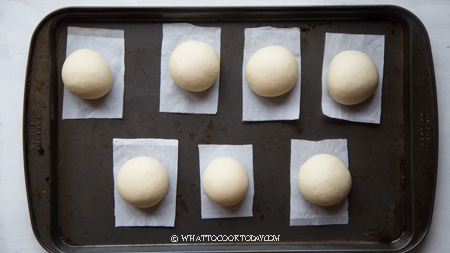
Buns have risen to about 50% original size. They won’t double in size
4. STEAM THE BUNS
Bring the water in the steamer to a boil. Wrap the lid of the steamer with a cloth
LOWER THE HEAT TO MEDIUM. Place the buns in there, leaving about 1-inch space in between. Close the lid and leave about 1/4-inch of gap to let some steam escape
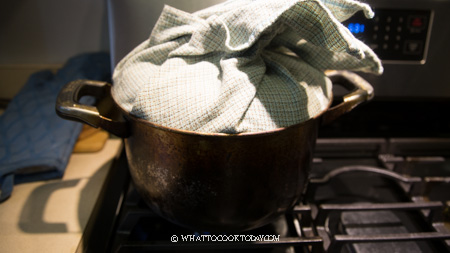
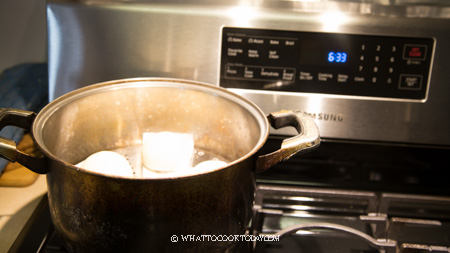
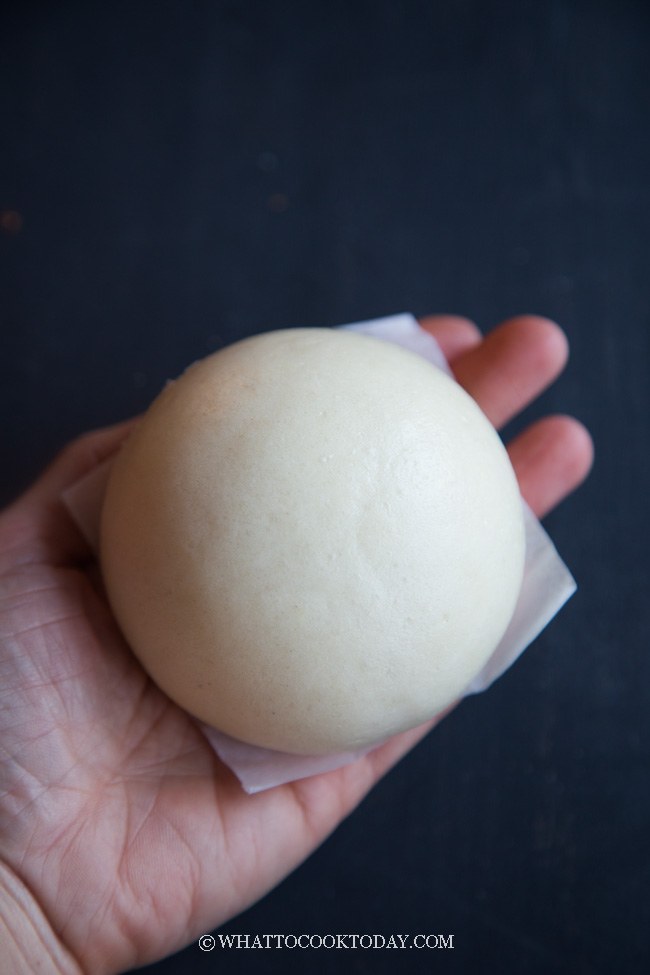
I’ve been getting some questions from my readers that their steamed buns come out not smooth even after pushing out all the air. I have inconsistent results sometimes with the steamed buns being not smooth. Here are some tips I’ve learned after making LOTS of steamed buns:
1. USE ROOM TEMPERATURE OR COLD LIQUID
Instead of using warm liquid (milk or water), I start with room temperature liquid, such as cold milk or room temperature water. That way, the yeast doesn’t work immediately while you are trying to shape the buns. It helps a lot not to have all those air bubbles while shaping
2. SMOOTH AND SHAPE IT TALL
Please refer to the video in the recipe card below to see how few simple steps can help you to make the buns smooth, round, and tall
3. ONLY PROOF ONCE
Place the dough in a warm place. I use my oven breadproof function. The dough will puff up to about 50% of its original size at a warm temperature (between 75-95 F / 24-35 C). If it’s colder where you are, it will take longer.
4. WRAP THE LID OF STEAMER WITH A CLOTH
The condensation collected on the lid will drip back to the steamed buns and create burn spots. By wrapping the lid with a cloth, you easily preventing this from happening
5. STEAM THE BUNS OVER MEDIUM HEAT
High heat will make the buns not smooth and expand to the side. I set the fire in between on medium now. I used to do Medium-high heat and the results weren’t consistent, sometimes I got smooth buns, sometimes I didn’t. But I always get smooth buns when I steam on low-medium heat
6. LEAVE ABOUT 1/4-INCH GAP TO LET STEAM ESCAPE DURING STEAMING
I’ve tested this method several times and the results were good and have been very consistent in producing mantou with smooth surface when you steam over medium heat this way. Even when you have overproof the steamed buns, the steamed buns do not collapse and wrinkle, the buns will just expand to the side more after steaming
7. DON’T RUSH TO OPEN THE LID AFTER STEAMING
Let the steamed buns rest in the steamer for 5 minutes 1 minute or so before opening the lid so your steamed buns won’t collapse and shrink due to the sudden change in temperature
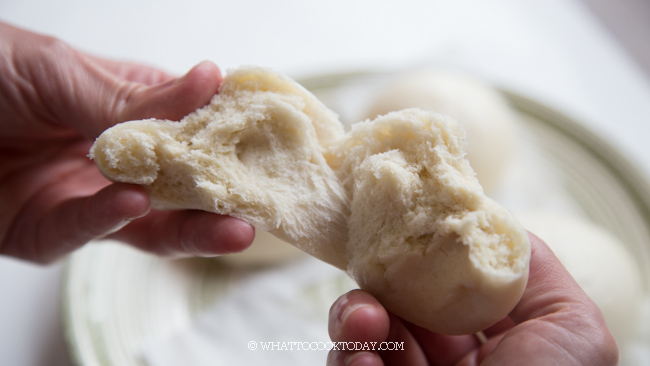
The steamed buns are so soft and fluffy
FREQUENTLY ASKED QUESTIONS ABOUT CHINESE STEAMED BUNS
I have made steamed buns for A LOT in the past few years and I’ve learned from some of the flops to share with you and hopefully, you don’t have to go through the same.
1. WHAT TO SUBSTITUTE FOR CAKE FLOUR?
Here in the U.S., cake flour is widely available, but it has brought to my attention that cake flour is not available or any bleached flour is banned in Europe and Australia. You can use regular plain flour (we call it all-purpose flour in the U.S.) and add cornstarch to it. Here’s how to make homemade cake flour: For every 1 cup of plain flour (about 115 gr) add 2 Tbsp of cornstarch. This will help to soften the steamed buns compared to just using all plain flour. DO NOT SUBSTITUTE CAKE FLOUR WITH SPONGE MIX (Cake flour is not available in Europe and sponge mix is more common).
2. WHY HOMEMADE STEAMED BUNS ARE YELLOWISH IN COLOR?
This is the question I was asked often when it comes to making steamed buns at home. If you use the premixed steamed buns flour that you bought from the store, the result usually is white in color. The answer is because of the flour. The flour has been treated or bleached to give you that white result. You don’t have to use bleached flour. Regular unbleached flour will still give you great steamed buns.
3. DOES VINEGAR HELP TO WHITEN STEAMED BUNS?
I tried that before several times and the answer is No. I thought it would work some magic, but it didn’t happen.
4. DO WHITE STEAMED BUNS TASTE BETTER?
Not necessarily. Don’t let the color fools you. Just because you produce some yellow buns, they can still be soft, fluffy and delicious! The color doesn’t really affect the taste.
5. STEAMED BUNS COLLAPSE OR COME OUT WRINKLY
-Make sure the liquid is not warm
You want to start the dough “cold” by using cold milk or at least room temperature water. So the yeast is not active while you are shaping the dough, which creates lots of air bubbles and hence, an unsmooth surface.
-Overproofing (read how to tell if the dough is done proofing and how to prevent over proofing below)
Yes, over proofing is a problem too. When you let the dough proofs for too long, it will weaken the dough and when you steam it, it will collapse and cause that wrinkle and the buns will spread to the side making them look wide and flat.
-Air bubbles and not shaping them smooth
Make sure you push all the air bubbles out after resting for 15 minutes. Re-knead the dough a few times and then fill and shape the buns according to what you want to do. Make sure the surface of the buns is smooth or they will come out well..not smooth after steaming.
-Steaming over high heat
When I steam the buns over high heat, they always come out bumpy and simply not smooth. But once I adjust the heat to medium with the lid slightly ajar, the buns come out smooth.
-A sudden change in temperature
This is less likely the cause for severe wrinkles on the steamed buns, but the sudden change in temperature may sometimes cause the steamed buns to retract and sometimes even collapse and shrink causing the wrinkles once they cool down completely. Let them stay in the steamer for 3 minutes after you turn off the steamer.
-Another culprit usually is the filling inside the buns. Too much moisture in the filling will make the bun wrinkles and collapse too.
6. HOW TO TELL IF THE SHAPED DOUGH IS DONE PROOFING AND READY FOR STEAMING
1. VISUAL
They won’t increase in size by much, ideally, only about 50% of its original size
2. FEEL
The dough feels light and airy when you lift it up, no longer dense and heavy like dough before you shape them
3. FINGER TEST
When you gently push on the dough, it will leave an indentation but will spring back slowly. This dough is perfectly proofed. If it springs back right away, it needs to be proofed a bit longer. If it never springs back, then you have over-proofed the dough
7. HOW TO STOP THE DOUGH FROM PROOFING?
Most likely your steamer won’t be able to accommodate all at one go. You may need to steam in 2-3 batches, which means, the rest of the batches will sit longer and continue to proof while waiting for the steamer. Not good for the buns! Here’s what you can do: Make sure the cover them with plastic wrap and then place them in the refrigerator to slow down the yeast activity or halt it all together until they are ready to be steamed
8. HOW TO RESCUE OVER-PROOFED DOUGH?
So, you did a finger test, you gently push on the dough and it never springs back. Ouch!! over-proofed! If you continue to steam them, they will collapse and come out dense. Here’s how to fix it: Gently push down on the dough to flatten and then reshape it and let it proof again follow the same instruction as before for proofing
9. HOW TO STEAM MANTOU WITHOUT A STEAMER OR BAMBOO BASKET
You don’t need an actual food steamer or bamboo basket to steam food. I don’t have any food steamer. You can set up by using:
– Large wok/large pot with a lid
– Metal trivet or wide and low heat-proof glass jar: this is to put a plate/tray on top for the food you want to steam
– A heat-proof plate or tray (that can fit into your wok or pot) to sit on top of the trivet: this is where you put the buns to be steamed
10. HOW TO STORE AND REHEAT MANTOU
Storing: If you make extra and plan to store them, let the already steamed buns cool down completely and then place them on a baking sheet, not touching each other, and then put the entire tray inside the freezer for about 1 hour. They will harden, but not completely frozen yet. Transfer to a freezer bag and they will not stick to each other anymore. Try not to keep for more than 1 month.
Reheating: They can go straight from the freezer to the steamer. Steam on medium-high heat for 5 minutes
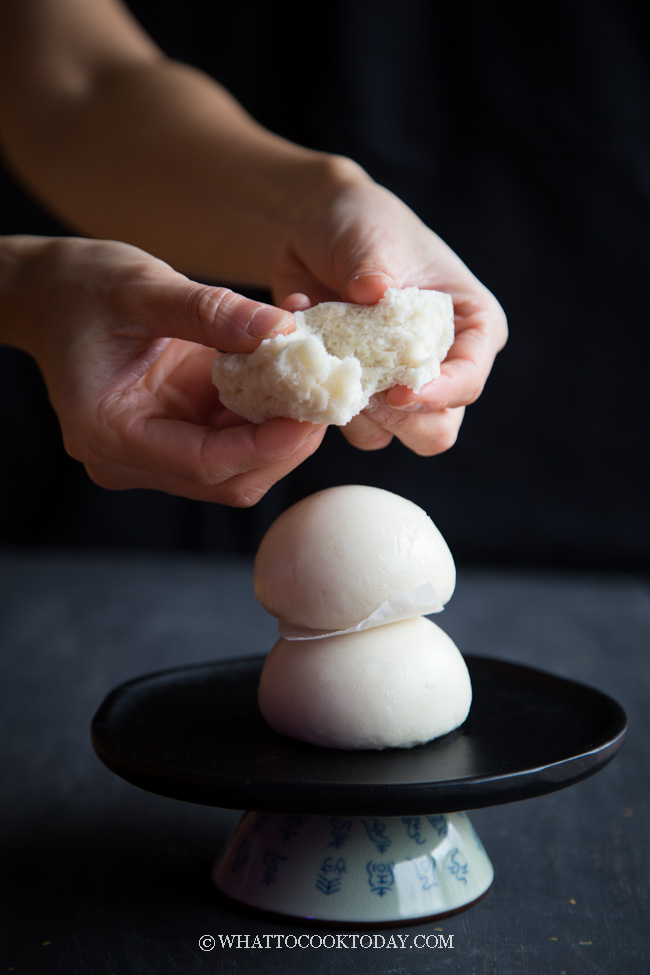
Soft and Fluffy No Yeast Chinese Steamed Buns (Mantou/Baozi)
These Soft and Fluffy No-Yeast Chinese Steamed Buns are so good and super easy to make! Worth checking out especially if you don’t like to work with yeast or just don’t have any yeast on hand!
You may also like these Instant Pot Steamed Buns. You can use your Instant Pot as a steamer to steam the buns.
 Asian Recipes
Asian Recipes
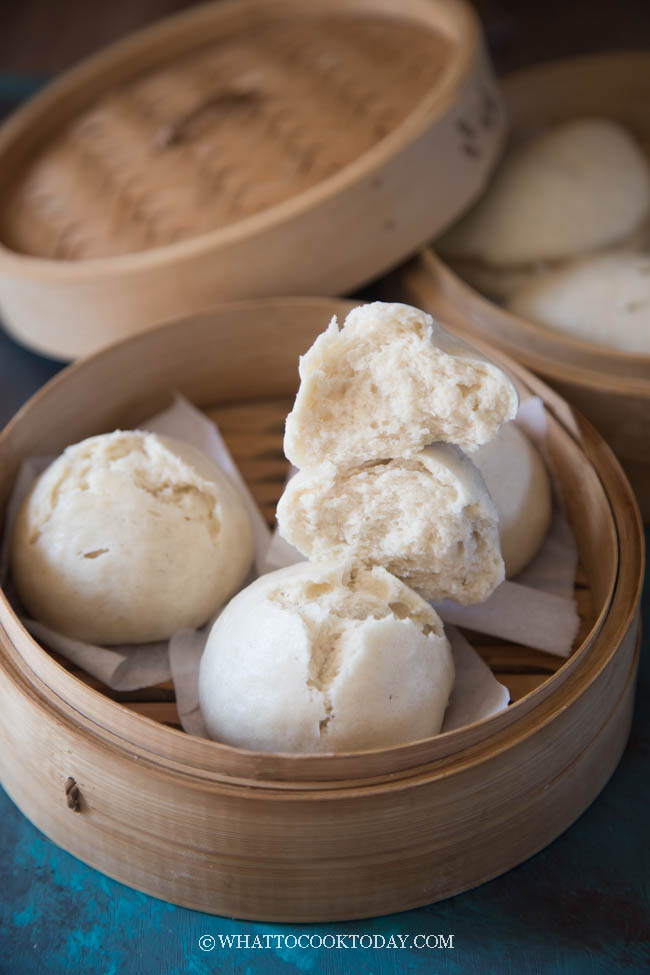
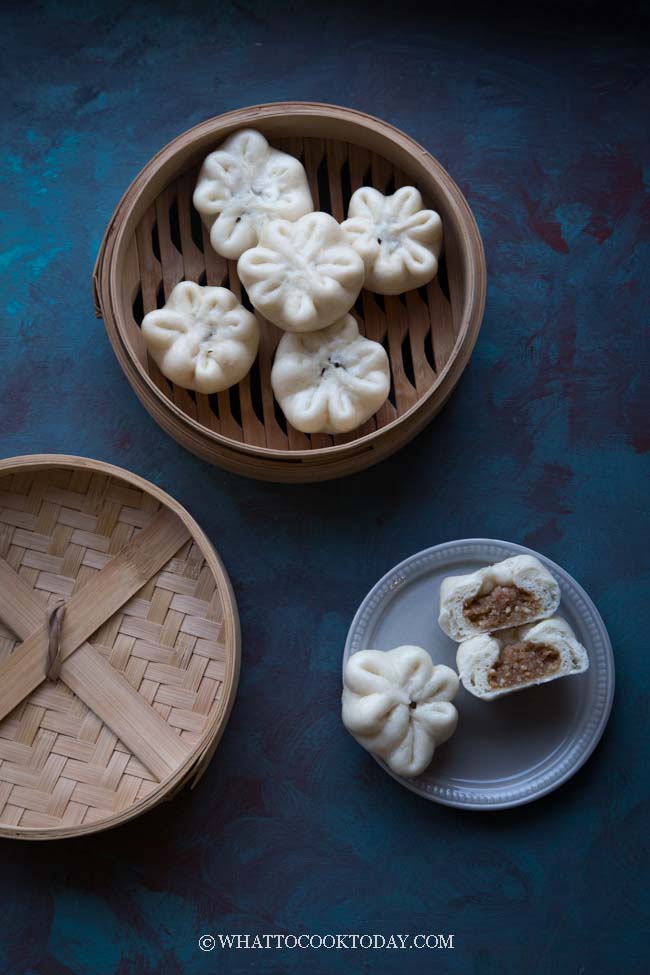

No comments :
Speak Your Mind: